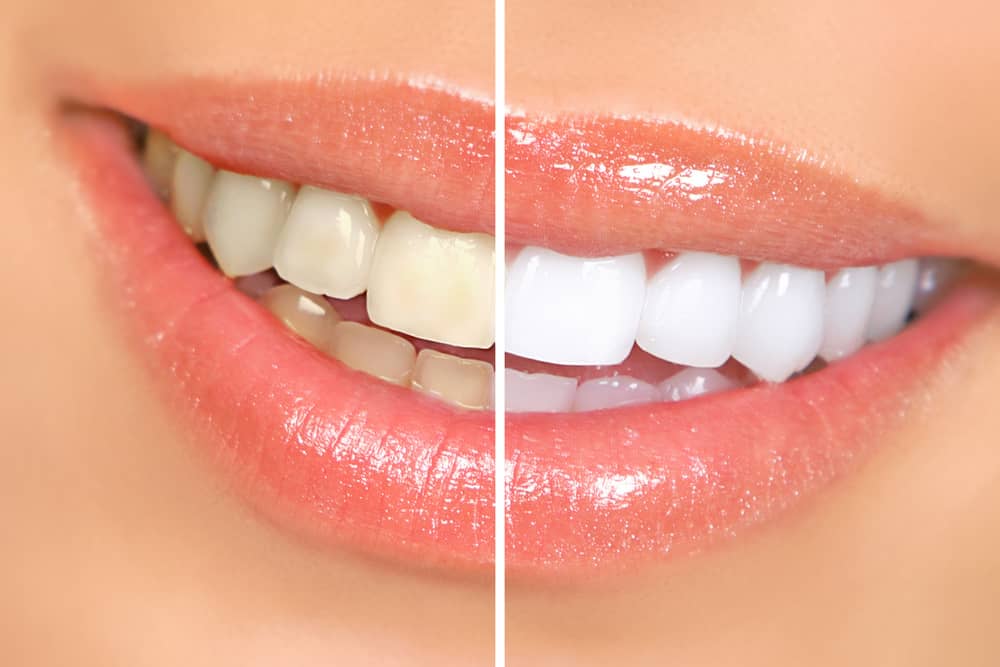
The Truth About Whitening or Bleaching Your Teeth
Obtaining a whiter smile with at-home bleaching is a relatively simple and safe way to improve the aesthetics of your smile. Staining or discoloration occurs for various reasons. Some of us have more translucent enamel that shows dentin, the second layer of our teeth, more. Dentin has a naturally yellow color to it, so if you have translucent enamel, your teeth may appear more yellow. Whitening your teeth in this case will lighten the dentin layer, resulting in a whiter smile.
What Bleaching Can Fix
You may have bright white spots on certain teeth to varying degrees, which is a sign of hyper-mineralization during the tooth formation process. Bleaching in this situation may blend your white spots in more, but you may benefit more from enamel microabrasion in combination with at-home bleaching. Microabrasion uses chemicals and pumice to remove stains from your teeth by removing the outermost layer of enamel. A dental professional will be able to help you determine your ideal treatment.
Bleaching is quite effective at lightening the discoloration caused by what we eat and drink. Coffee, tea, wine, berries, rich colored sauces, sports drinks, candies, and cola consumption all cause staining of our teeth. Dental cleanings will help eliminate some of this staining, and a recent cleaning and check-up is recommended prior to bleaching.
Whitening Your Teeth and Sensitivity
The most common complaint of bleaching is temporary sensitivity of the teeth. If you have sensitive teeth to start with, there are ways to make bleaching more tolerable. There are varying concentrations of bleach available, and those with sensitive teeth will want to go for a lower concentration. Instead of bleaching every day until you achieve your desired result, you may also want to try bleaching every other day and for shorter periods of time. Using fluoride gel will also reduce your sensitivity.
The Best Time to Whiten Your Teeth
If you are using Invisalign, you can whiten your teeth during your treatment. We will have you use your current aligner as your bleaching tray and teach you about the proper amount of bleach to use. Only a very small amount is needed per tooth. You can even bleach with Invisalign attachments on your teeth.
If you are in braces, we typically recommend waiting until you are finished with orthodontic treatment to whiten your teeth since the whitening compound will not be able to reach the enamel beneath the brackets.
Although there are no strict age guidelines for bleaching, we usually recommend waiting until all the adult teeth are erupted, around age 14 or 15, before thinking about starting the process. You want to be sure to work with a dentist to make the process safe, effective, and customized for your smile.
At Milnor Orthodontics, our experts are here to help you achieve a priceless smile. Call our office at (970) 484-3214 or visit milnororthodontics.com to learn more. We're located at 1103 S. Shields St. in Fort Collins, Colorado.







